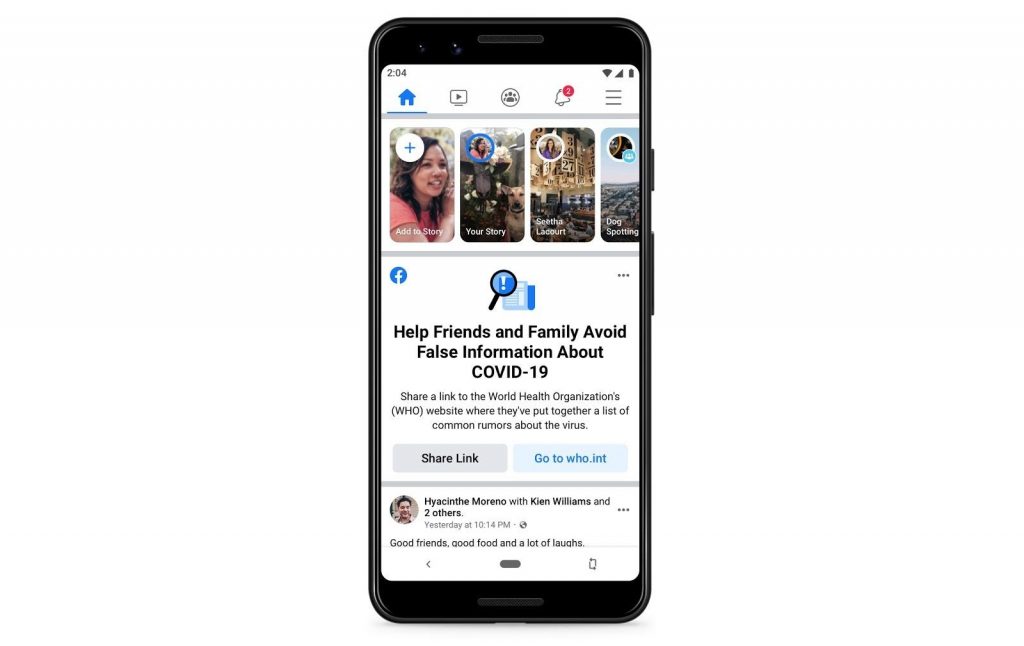PHL sports body dealing with crisis as best as it can
THE coronavirus disease 2019 (COVID-19) pandemic is hitting the local sporting community hard and the latter is dealing with it as best as it can.
That was the assessment of Philippine Sports Commission chairman William “Butch” Ramirez as the fight against COVID-19 and the disease’s far-ranging impact rages on.
Speaking to PTV Sports on Monday in a phone patch interview, Mr. Ramirez said the highly contagious respiratory disease has messed up sporting affairs in the country big time, including those under the PSC’s watch.
From their budget to the training of the athletes to the conduct of their programs, the PSC is being made to adjust like in no other time in the past, said Mr. Ramirez.
The sporting body, its chairman said, gets its budget from two sources — the General Appropriations Act as approved by Congress and its mandated share from the earnings of the Philippine Amusement and Gaming Corp. (Pagcor).
But the PSC’s budget is set to be rendered limited with part of its share from the GAA to be rechanneled to the fight against containing COVID-19.
From the P900 million approved GAA budget this year, where the PSC gets money for the salary of its employees and other operating expenses, it has been reported that it is set to be slashed by more the 50%.
Compounding the PSC’s budget woes is the prospect of money coming from Pagcor being delayed, or worse stop coming in altogether, as casino operations remain shut because of the coronavirus, with the government prohibiting mass gatherings as part of mitigating measures.
Money from Pagcor goes to the National Sports Developmental Fund (NSDF) for the athletes and coaches for their training and preparation.
With concerns over the budget, the PSC has moved to cancel its scheduled events and programs till December, affecting activities like the Batang Pinoy, Philippine National Games, Indigenous Games and Women’s Games, among others.
Mr. Ramirez said they remain committed to providing allowances to the athletes as long as they have the money. But with the situation they are in, the PSC official said they may have to turn to contingency plans like an amelioration program for the athletes with rates recalibrated accordingly.
“We will continue to provide allowance as long as we have the budget. We will try to find a way to support them. If we cannot give them the normal allowance they get since funding is scarce, we will make adjustments so they can still be supported,” Mr. Ramirez said.
As to the salaries of regular employees of the PSC, Mr. Ramirez said it is taken care of as it falls under the GAA. However, those that are under contractual or job offers may face problems.
With regard to the training of athletes, Mr. Ramirez said they do not see things returning to normal as long as COVID-19 remains a concern and is still without a vaccine for its containment.
And in such a scenario, Mr. Ramirez said they are looking at tapping at digital platforms to ensure that training of athletes continues.
“Training will be adjusted. In partnership with the Philippine Olympic Committee and the national sports associations we will try to come up with a comprehensive program where coaches can go online and make virtual presentations for the athletes,” said Mr. Ramirez.
“Since 90% of our athletes are in their homes, this is a better way to go about it for now instead of them going to Manila and to their dormitories,” he added.
Mr. Ramirez went on to encourage the athletes and the sporting community to continue to be strong in these trying times and not to lose hope.
“We just have to accept what’s happening. Nobody wanted this to happen. It is all the fault of the coronavirus. We are trying the best we can and not to rely too much on the government and find ways to help ourselves. We just have to do our part and pray that all these things end at the soonest time. Let’s stay safe and healthy,” he said. — Michael Angelo S. Murillo







